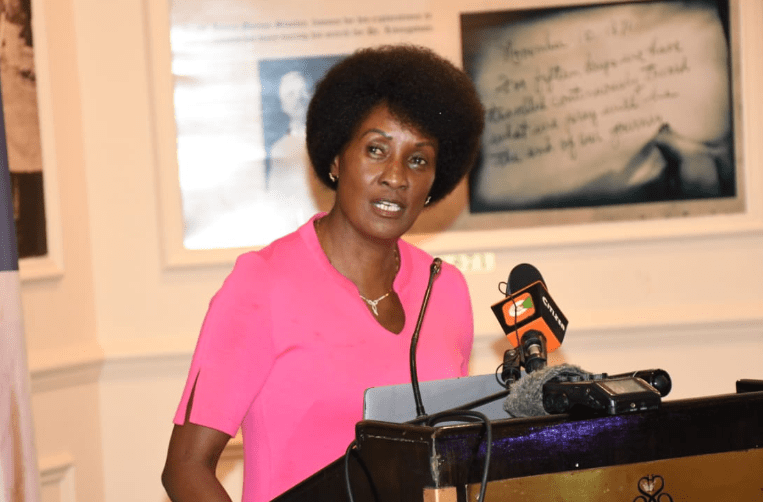Kenyan systems crumble, transformation vows empty

Kenya, a nation celebrated for its resilience, vibrant culture, and economic potential, is grappling with a harsh reality: its government systems are failing, and they have been for some time.
From healthcare to education, infrastructure to public administration, the cracks in the system are not just visible—they are gaping wounds that inflict daily suffering on millions of Kenyans.
Clinging to a dysfunctional model in the name of transformation is not merely misguided; it is cruel, perpetuating a cycle of inefficiency, corruption, and broken promises that undermine the nation’s progress and betray its people.
For decades, successive Kenyan governments have promised transformation—grand visions of a prosperous, equitable, and modern nation.
Yet, these promises often dissolve into rhetoric, leaving citizens to navigate a labyrinth of systemic failures. Take healthcare, for instance.
The public health system, meant to be a lifeline for millions, is chronically underfunded and overstretched. Hospitals lack basic equipment, essential drugs are frequently out of stock, and medical staff are overworked and underpaid.
Patients are often forced to purchase medicines from private pharmacies or, worse, go without. The introduction of the Social Health Insurance Fund (SHIF) in 2024 was touted as a game-changer, yet its rollout has been plagued by confusion, inadequate infrastructure, and resistance from healthcare providers.
This is not transformation; it is a repackaging of failure.
Education, another pillar of national development, tells a similar story. Kenya’s free primary education program, launched in 2003, was a bold step toward universal access.
Yet, more than two decades later, the system is buckling under the weight of overcrowding, underqualified teachers, and dilapidated facilities.
A 2022 World Bank report highlighted that 30 per cent of Kenyan primary schools lack basic sanitation facilities, and teacher-to-student ratios in some regions exceed 1:60.
The Competency-Based Curriculum (CBC), introduced to modernise education, has been marred by inadequate teacher training, insufficient resources, and parental frustration. Instead of empowering the next generation, the system leaves students and educators trapped in a cycle of improvisation and despair.
Infrastructure, often a barometer of a nation’s progress, is equally telling. Kenya’s roads, particularly in rural areas, are often impassable during the rainy season, strangling economic activity and isolating communities.
The Standard Gauge Railway (SGR), a flagship project of the Jubilee administration, was hailed as a symbol of progress but has become a white elephant, mired in debt and underutilised.
A 2024 audit by the Auditor General revealed that the SGR operates at less than 40 per cent capacity, with loan repayments to China exerting immense pressure on the national budget.
Meanwhile, urban centres like Nairobi choke under traffic congestion and poorly planned urban sprawl, with no coherent strategy to address these challenges.
The government’s obsession with mega-projects often overshadows the need for practical, sustainable solutions that serve ordinary Kenyans.
At the heart of these failures lies a deeper malaise: governance. Corruption remains the single greatest obstacle to Kenya’s development.
Transparency International’s 2024 Corruption Perceptions Index ranked Kenya 126th out of 180 countries, a marginal improvement but still a damning indictment.
It is time to stop treating Kenyans as collateral damage in a broken system.
The writer is a Communication Consultant














